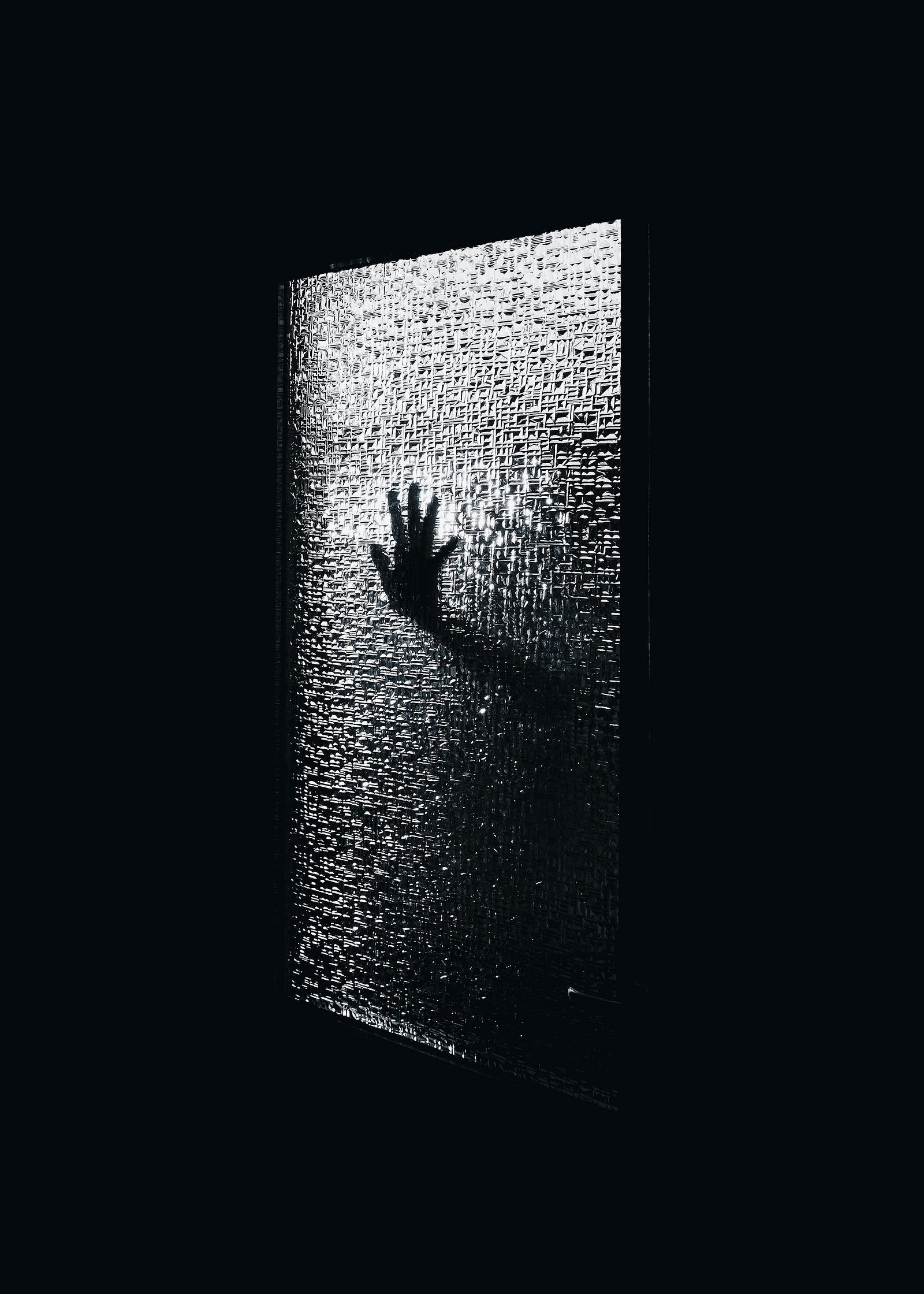MODERATE-TO-INTENSE PHYSICAL ACTIVITY for 10 minutes a day, five times a week, seems to lower the chance of older adults experiencing constant worry and anxiety. Today, we focus on fighting anxiety.
First, a bit of Shakespeare, with these takes from Hamlet:
O God, I could be bounded in a nutshell and count myself a king of infinite space, were it not that I have bad dreams.
This essay will explore new research that quantifies the lowest dose of moderate-to-vigorous physical activity associated with reduced odds of generalized anxiety disorder.
Anxiety
The Anxiety and Depression Association of America explains generalized Anxiety Disorder (GAD) is characterized by persistent and excessive worry about several different things.

Those with GAD may anticipate disaster and be overly concerned about things such as:
- health
- money
- family
- work
- other issues.
Such individuals may worry more than seems appropriate about actual events. They may expect the worst, even when there is no objective reason for such concern.
Sometimes, the thought of getting through the day results in anxiety. People with GAD do not know how to stop the worry cycle and feel it is beyond their control, even though they usually realize that their anxiety is more intense than the situation warrants.
Common
Generalized anxiety disorder affects 6.8 million in the United States. This number represents 3.1 percent of the population.
The condition is twice as common among women than men.
GAD can start gradually at any time during our lives.

We do not know the precise cause, but inherited genetics, biology, and life experiences (especially stressful ones) can play roles in generalized anxiety disorder.
Fortunately, appropriate management can allow many with mild to moderate generalized anxiety disorder to have full and meaningful lives. On the other hand, when their anxiety is severe, some people can have challenges with simple activities of daily living.
Move
Researchers recently quantified the lowest dose of moderate-to-vigorous physical activity associated with reduced odds for generalized anxiety disorder over ten years.
The investigators collected data from the Irish Longitudinal Study on Aging. The analysis examined adults over 50. It included computer-assisted interviews, self-completed questionnaires, and comprehensive nurse-led health assessments.
Subjects self-reported physical activity, which the researchers summed to estimate the total number of weekly metabolic equivalent of task (MET) minutes, categorized as:
- Low (less than 600 MET/min/week)
- Moderate (600 to 1200 MET/min/week)
- High (1200 or more MET/min/week)
Results
Here are the principal findings:
Compared to no activity, engaging in even minimal physical activity, the equivalent of 10 min/day for five days/week of moderate-intensity activity (e.g., brisk walking), can lower GAD risk among older adults.

Details
These results are the first to show a dose-response reduction (with physical activity) in the odds of generalized anxiety disorder.
The odds of suffering from generalized anxiety disorder were half (47 percent lower) among those getting one to 200 MET/min/week compared to inactive folks.
Moreover, the lowest physical activity dose for benefit is lower than the current physical activity guidelines recommend.
My take
As little as ten minutes daily (for five days weekly) of moderate-intensity activity may lower the risk of generalized anxiety disorder among older adults.
Do you regularly walk briskly?
Bonus
Here are some of my strategies to reduce anxiety:
- I prioritize my physical health. This focus means getting sufficient sleep, eating a balanced diet, and regular physical activity (including a daily brisk walk).
- I talk to someone I trust. Shout out to my wife and my primary nurse, Melissa.
- I do breathing exercises. This approach helps me cope and feel more in control. Some people find mindfulness helps them cope with anxiety, but others say it makes them feel worse.
- I manage my worries. I set aside a specific time in the morning to express gratitude and to focus (but not perseverate) on my worries.
Thank you for reading “Fighting Anxiety.”




